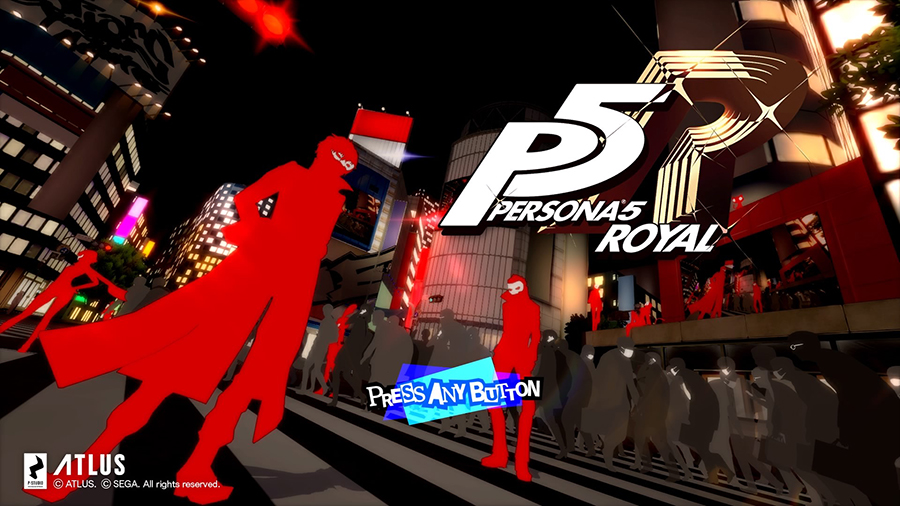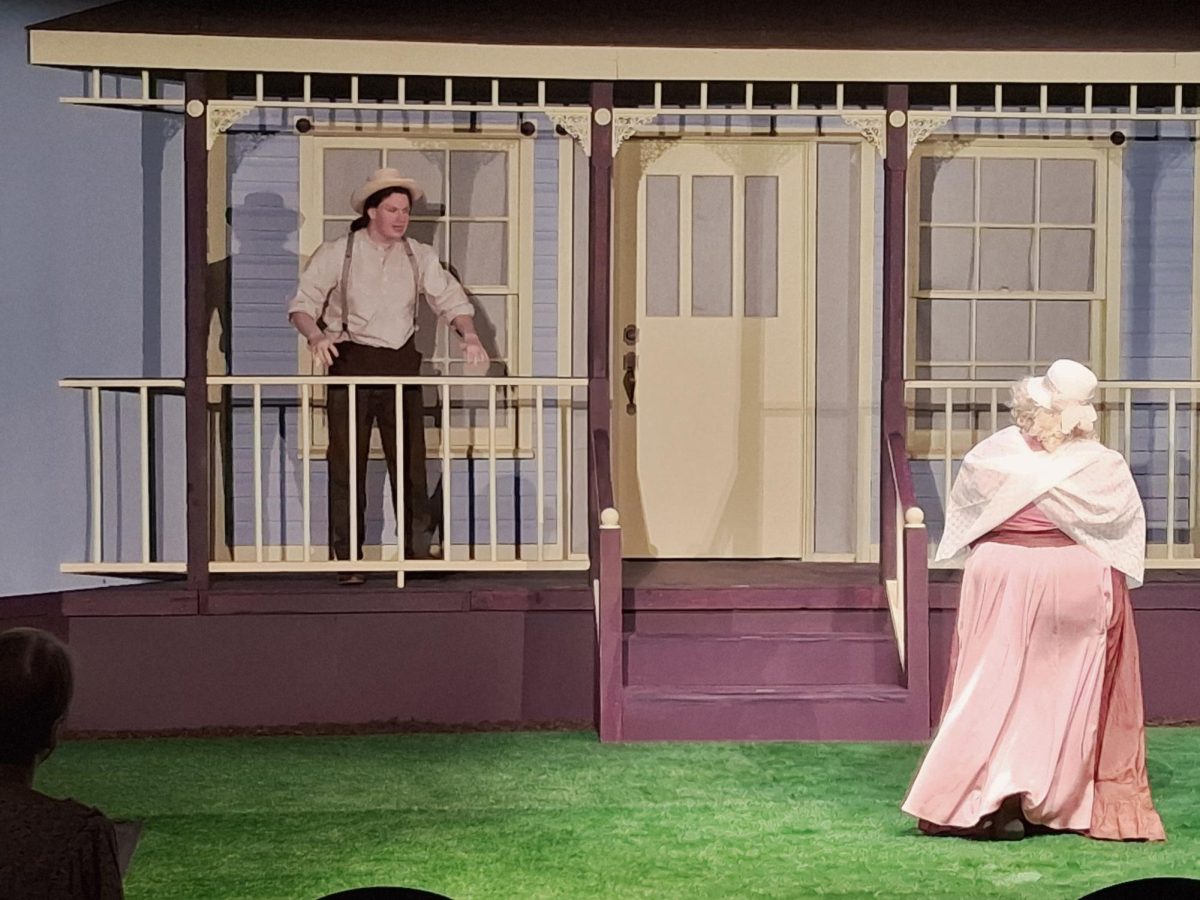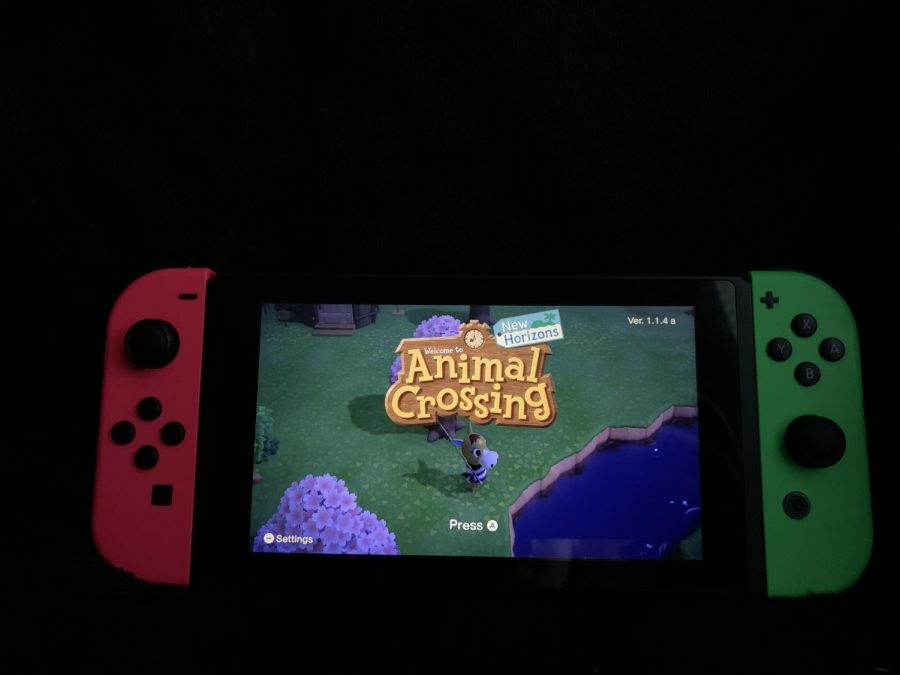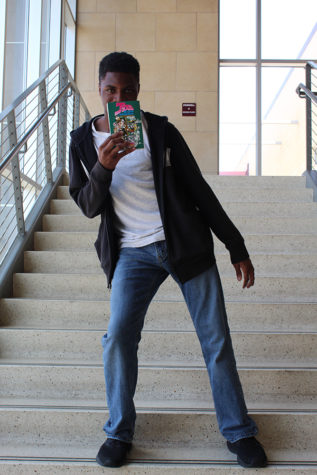Created by Atlus, the highly-anticipated Persona 5 Royal had its western release on Tuesday, March 31. Persona 5 Royal is an overhauled version of the original Japanese Role Playing Game Persona 5, which was released in 2016. Royal is already exceeding the expectations of fans with its refreshing twist on the main story.
In Persona 5 Royal, gamers play as the silent protagonist who forms the Phantom Thieves of Hearts. This is a group of students who have been wronged by the rotten adults of society but have gained the power to change their hearts and make them confess their crimes. To make them confess, the player must enter the person’s palace, fight through challenging encounters and steal their treasures. Palaces are dungeons created in the other world due to the person having extremely distorted desires. Aside from traversing palaces, the player must also attend school while leading his double life as a phantom thief. The aspect of acting as a normal high school teenager is a nice change from the constant battling as a phantom thief.
Royal introduces new mechanics, visuals and music that completely enhance the disco, smooth criminal type feeling fans are used to. Jumping right into the game, the player is met with a newly animated opening and music that’ll get gamers excited and anxious for what is to come. Just like its predecessor, gamers will begin in the casino and go through tutorials. This is where the player has his first interaction with the new grappling hook mechanic to swing onto a platform above, leading into an unfamiliar cutscene showcasing a mock battle with one of the new characters. The cutscene was seamlessly integrated into the story and threw an unexpected but refreshing curveball to returning fans of the series.
While crawling throughout palaces and mementos, the player must resist the powerful urge to drop the controller and dance when ambushing an enemy and the battle theme “Take Over” by Shoji Meguro and Lyn Inaizumi starts playing. Royal has added 14 songs to the already amazing soundtrack. Whether in an intense boss fight or chill bonding moment with a confidant, there is a song to fit the scenario perfectly.
Royal has made the turn-based combat into a spectacle to watch with the addition of showtime attacks. Showtimes are short, comedic, cinematic combination moves between two party members to deal massive damage. They tend to activate when the party is in danger. Each showtime highlights the rich personalities of the characters using them, providing added entertainment to the otherwise repetitive fights.
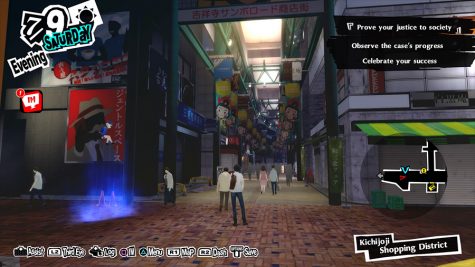
“With the positives heavily outweighing the negatives, Persona 5 Royal deserves 4 out 5 stars for its great storytelling, relatable characters, wondrous soundtrack and visuals.”
The baton pass and gun mechanics also received a change. Baton pass is a mechanic where if the player knocks down an enemy, he can give his next turn to another party member and power them up. Originally, baton pass had to be unlocked by leveling up confidants, but now it’s given to the player right from the start and can be leveled up to become increasingly powerful. Guns used to have a set amount of ammo once the player entered a palace and it didn’t refill until exiting. Now, ammo refills after every battle, although the amount that can be held has been reduced. These changes help battle flow faster and not drag out, keeping the high-energy feel the music helps provide.
Royal brings in a new third semester that was previously unavailable in the original, along with an exciting new palace and antagonist. This third semester gives players extra time to bond with confidants and rank them up. The extra time is nice but the time it took to beat the original game clocked in at roughly 100 hours, so adding 30 more hours of content makes the game feel as if it drags on forever.
With the positives heavily outweighing the negatives, Persona 5 Royal deserves 4 out 5 stars for its great storytelling, relatable characters, wondrous soundtrack and visuals. It doesn’t receive a perfect score because the game is better enjoyed if the original has already been played. Fans who have played the original will be the ones to notice all the differences that made it better and be able to truly appreciate it.

